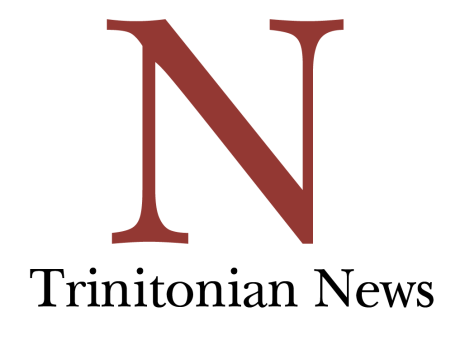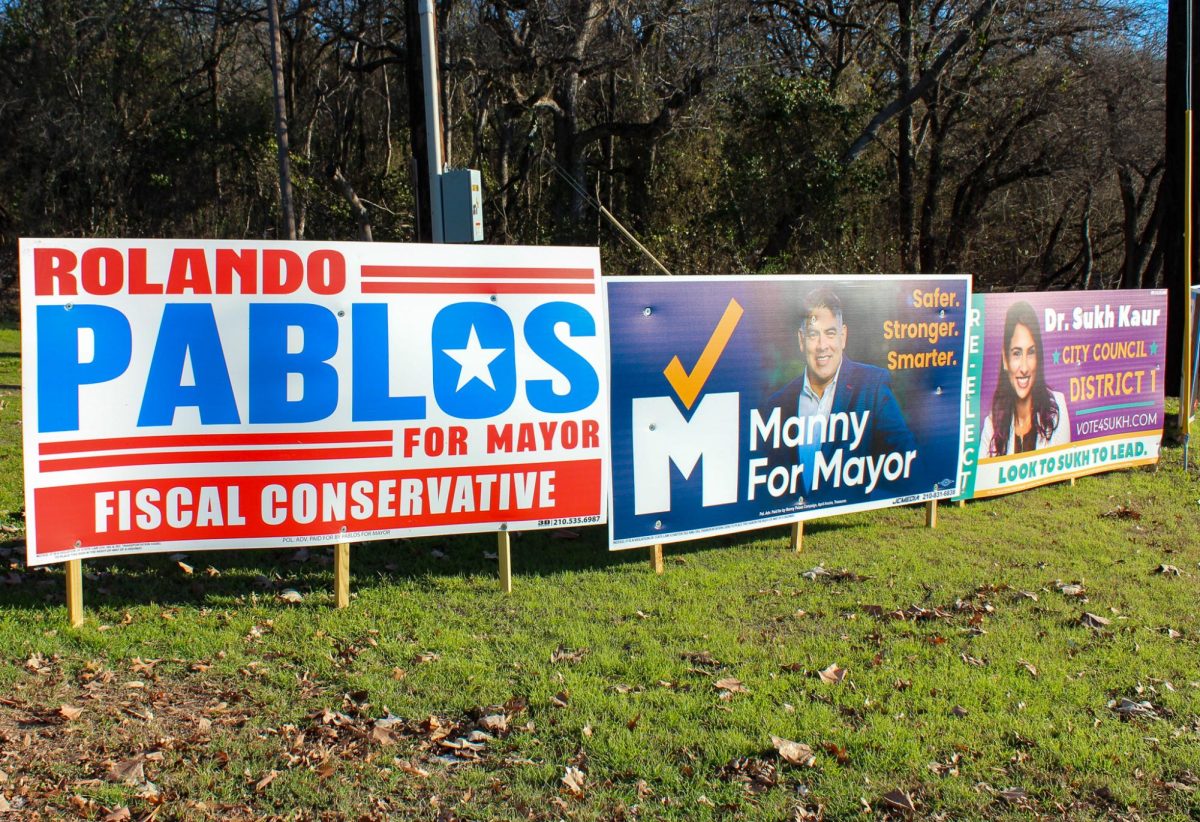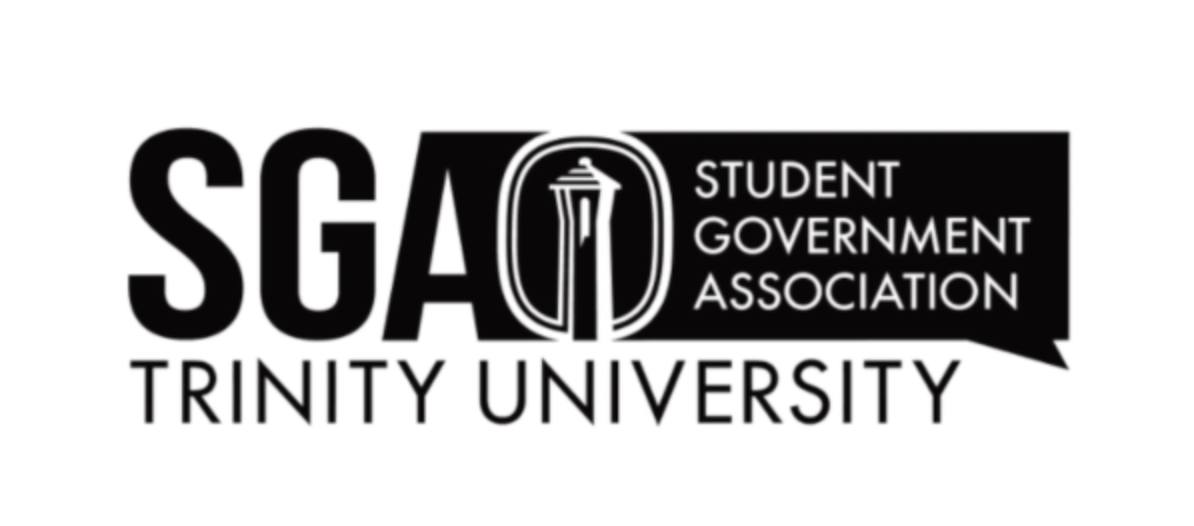This year will be the second time Trinity’s incoming class enters the modified “First Year Experience” (FYE) program, which combines the previous Writing Workshop and First Year Seminar courses into a mandatory six-hour course taken in the fall semester.
The change was a part of the switch from the old Common Curriculum to Pathways.
“I think it’s more coherent, more focused and more intense,” said Willis Salomon, Associate Professor of English and coordinator of the FYE.
First-year students can select their top five preferred topics of eleven that are offered. Their choices include the traditional “HUMA: Great Books of the Ancient World,” as well as “Arts and Ideas,” “Being Young in Asia,” “Climate Change,” “Inventing Mexico” and more.
Salomon explained that a major advantage of the FYE is its interdisciplinary approach to the topics, even as some lean more towards STEM and others towards humanities. “Within those courses, you have people from different departments. So they are interdisciplinary at the very level of their constitution,” Salomon said.
The course’s structure is based on the model that only HUMA followed in the past. Each section has two instructors, one for Writing Workshop and one for Seminar, and a weekly “Common Learning Experience” that may be a lecture, a field trip, or a service learning event.
This holistic approach has increased the rigor of the course. “They are basically thrown into the middle of our expectations, intensively, the first semester,” Salomon said.
“It also solves sort of the age-old problem, that there’s a lot to teach students about writing but they have to have something to write about,” said Betsy Tontiplaphol, Associate Professor of English and FYE instructor. “The FYE topic provides the material that can be used to teach writing, as well as of course other skills, including research and speaking.”
Sarah Pinnock, professor, chair of the religion department and FYE instructor, explained the service learning component of last year’s FYE, Happiness.
“It was kind of a social experiment on a number of levels, taking your academic reading and then trying to put it in a practical framework,” Pinnock said.
Students in the Happiness FYE participated in off-campus service projects that spurred discussion of how helping others might create happiness, and how happiness might occur even in problematic or disadvantaged circumstances.
While the Happiness FYE is not offered this year, other sections may explore service learning and other experiential learning activities. Because each FYE topic now has multiple sections, faculty for each section collaborate to determine what readings and activities will work best.
One difficulty in implementing the new program has been the logistical challenge of staffing the FYEs.
“Basically a third, a full third, of the faculty, need to be involved in the FYE every fall for it to work,” Salomon said.
The change in course structure meant that some professors from outside the English department taught writing for the first time.
“In the First Year Seminar/Writing Workshop system, all of the writing workshop classes were taught by English department faculty, and it would have been impossible for the English department to teach the entire entering First Year class in one semester,” Pinnock said.
The program has also faced some scheduling challenges.
“I think probably we need to get departments-especially those whose majors are very scripted”” to cooperate in scheduling to leave FYE blocks open,” Salomon said, “to not offer a course that, say, every first-year student in a particular program needs to take at the same time their FYE is scheduled. We need to work on that a bit.”
Scheduling challenges arise not only from limited time, but also from limited space.
“I know that there has been trouble scheduling the classes because all of the FYEs have a common experience element; typically that’s a lecture where all the sections meet in one space once a week,” Tontiplaphol said, “and we just don’t have as many large venues on campus as we might need in order to make that easy.”
The new FYE also had to staff twice as many peer tutors as before. “Going from a handful of peer tutors to seventy something peer tutors was a challenge,” Salomon said.
Jessica Phillips, junior and peer tutor for the “Arts and Ideas” FYE in the fall of last year, explained that the rigor of the six-hour structure was difficult for some students.
“There were some times where students wouldn’t complete the reading just because they felt like the load was too heavy. And the professors hadn’t quite gauged what students could handle,” Phillips said.
Despite this challenge, Phillips believes that the new structure gives students an advantage because they can use their short Seminar papers as a “jumping off point” for longer Writing Workshop papers.
“You can just go to the other class and keep talking about the same topic and coming up with paper ideas on the same topic, so it’s actually less work overall in some senses,” Phillips said.
Salomon explained that it will take three years to truly evaluate the effectiveness of the FYE structure in preparing students for college-level work, but there is some anecdotal evidence that things are going well.
“I read all of the course evaluations last January, and insofar as there are always tells in course evaluations that students had a good course “” not only that they liked it, but that they had a good course “” these look really, really good,” Salomon said.







